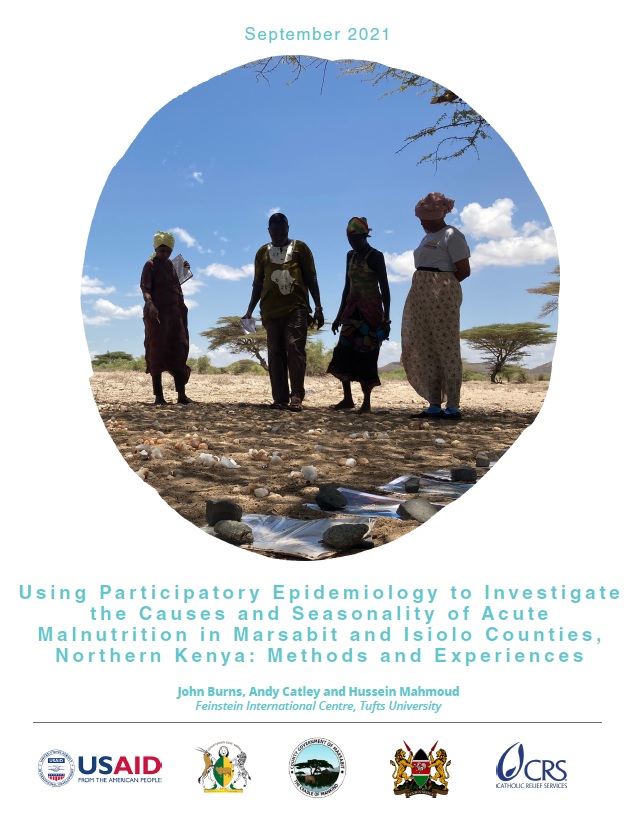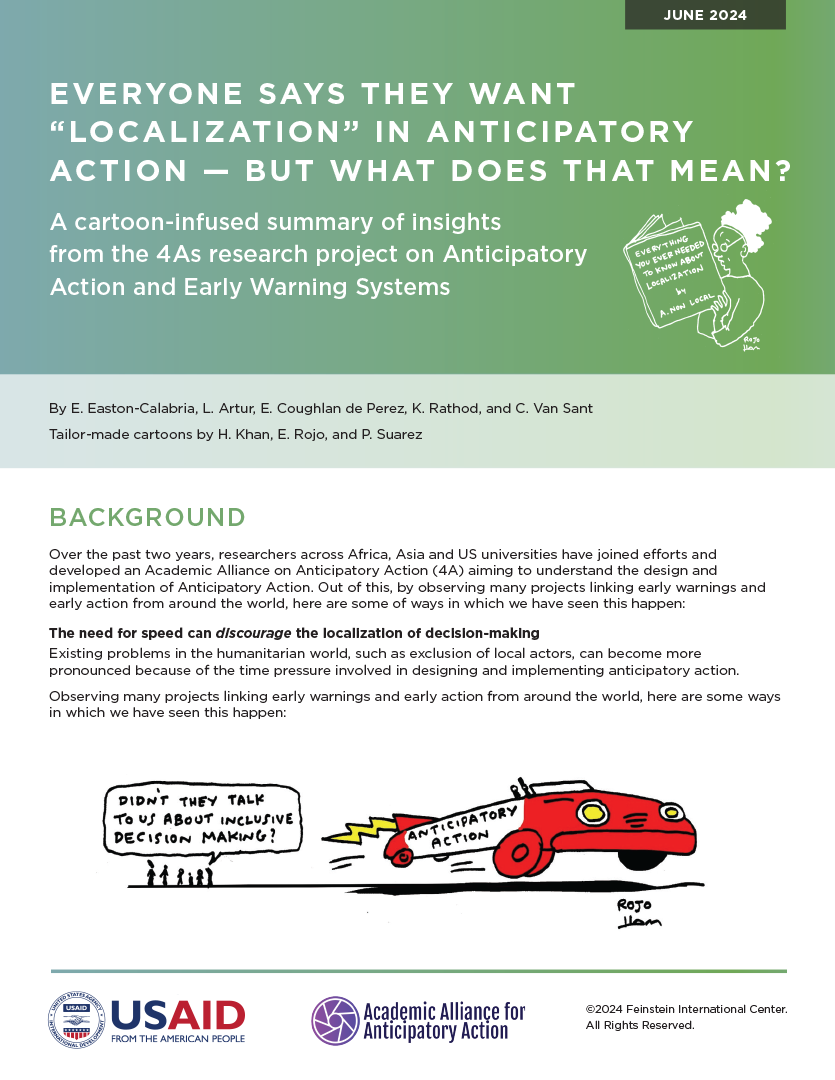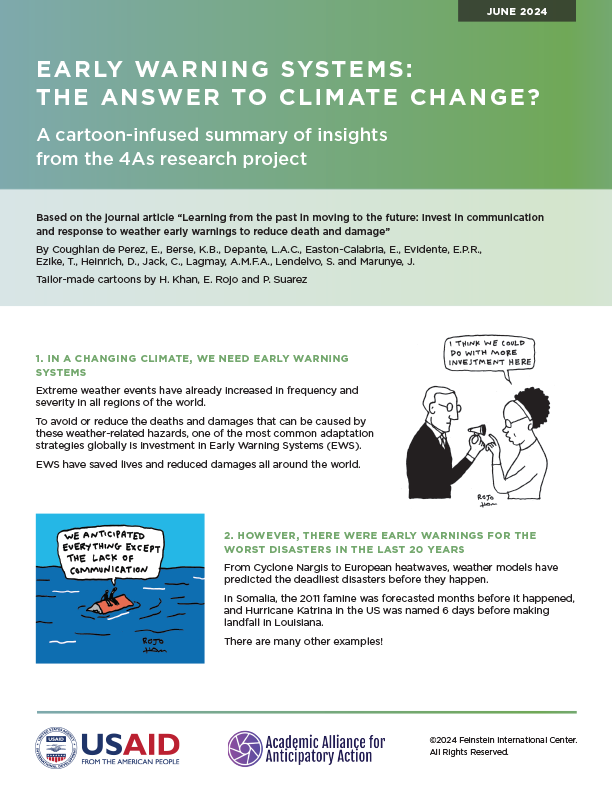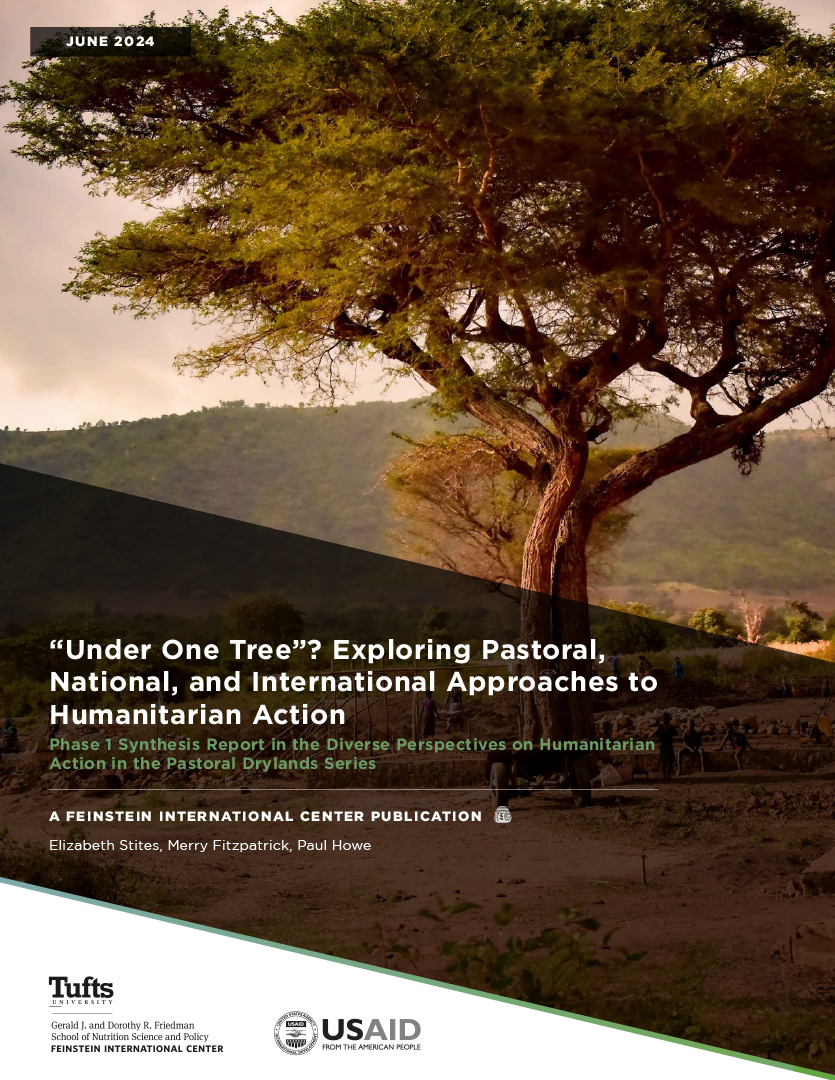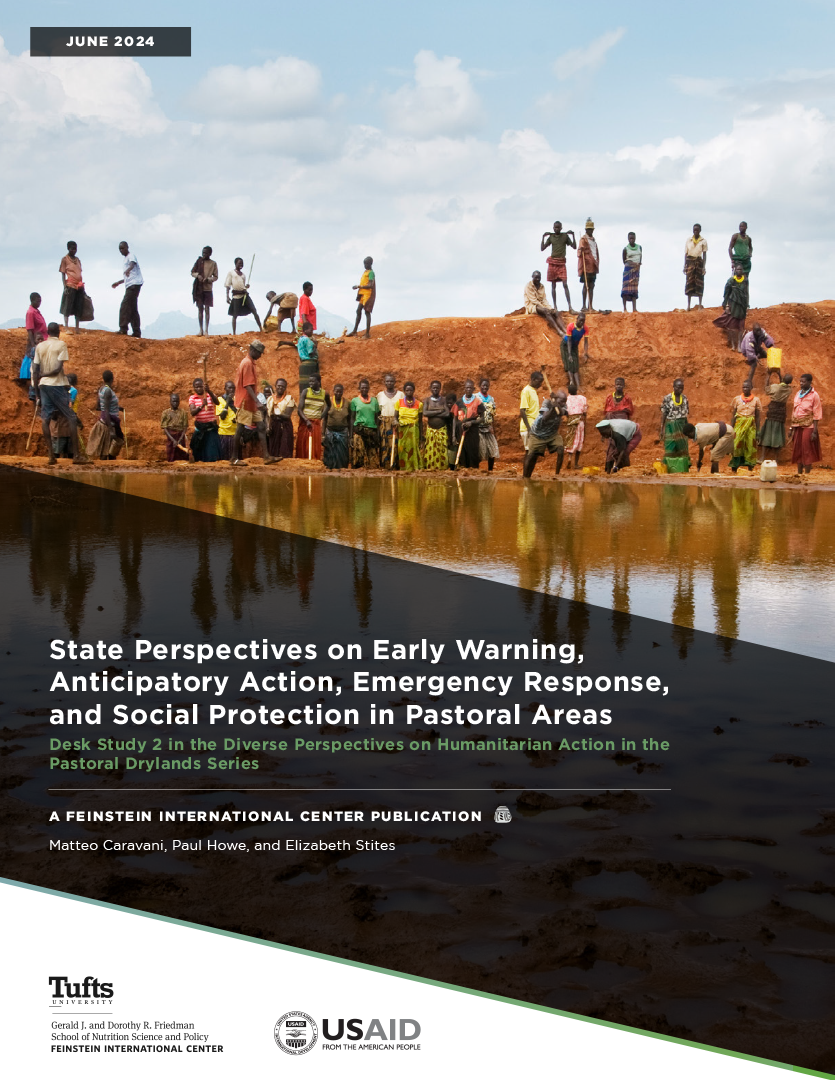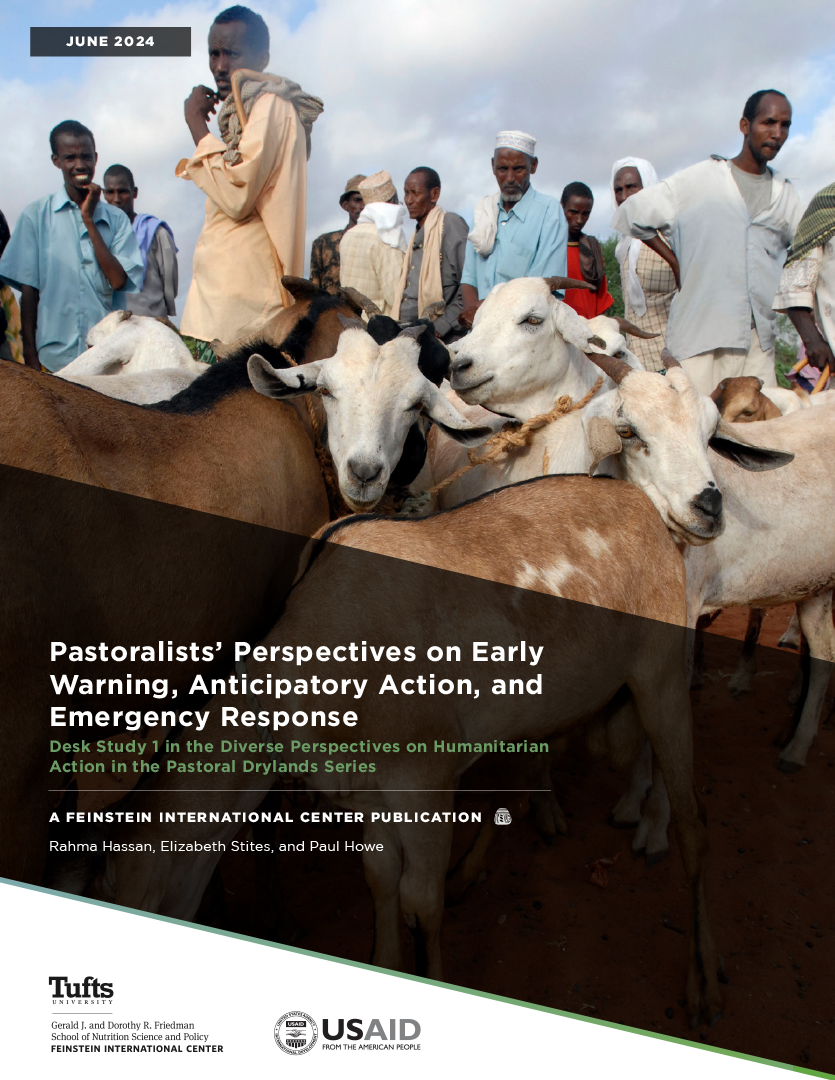This report describes the methods used and experiences from a community-level analysis of the causes and seasonality malnutrition in selected locations in Marsabit and Isiolo counties in Kenya.
The specific questions for the analyses were:
- How do communities explain malnutrition in children and mothers by reference to the diets of healthy and malnourished children?
- What is the seasonality of malnutrition and related factors?
- How do communities describe and prioritize the causes of malnutrition in children and mothers?
- What are the differences in the diets of healthy vs. malnourished children in terms of specific food types and the seasonal availability of food types?
- What are community participants’ suggestions and priorities for improving nutrition, and what is the reasoning behind their views?
In addition to answering these questions, the analyses also had a component and aimed to adapt and test the use of participatory epidemiology (PE) for understanding malnutrition. PE was originally developed by veterinarians in pastoralist areas of East Africa and has been used in a study on human malnutrition in Uganda but had not been previously used in pastoralist areas of Kenya for human health problems.
Overall, the participatory approach worked well. It allowed the team to collect rigorous data on issues related to livelihood systems, seasonality, and gender and the interrelationship between the different factors contributing to acute malnutrition in a fairly rapid and cost-effective manner relative to more conventional methods. Through the PE method, we were also able to identify demand driven and contextually appropriate interventions albeit with the caveat that these need further location specific dialogue, interrogation, and refinement.
This study is part of the Nawiri (Nutrition in the ASALs within Integrated Resilient Institution) program. Nawiri aims to sustainably reduce persistent acute malnutrition by designing and implementing an approach for supporting, strengthening, and protecting systems and institutions. The project is funded by USAID/Bureau of Humanitarian Assistance (BHA) and the consortium implementing the program in Isiolo and Marsabit counties in northern Kenya is led by Catholic Relief Services (CRS).

